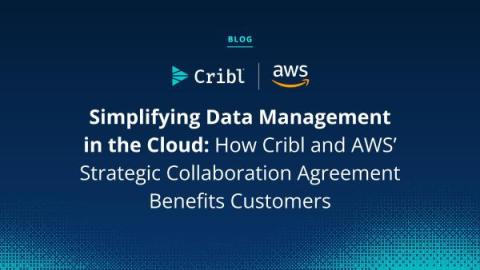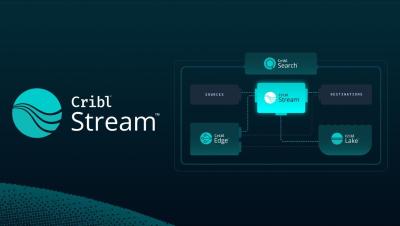Identity Governance in Cribl.Cloud
This blog post explores Cribl.Cloud‘s approach to Identity Governance (IG), a crucial strategy for securing access to critical systems and data. Learn how Cribl.Cloud leverages IG to ensure security, compliance, efficiency, and customer trust, while also tackling the challenges of managing custom SaaS APIs within an IG framework.








